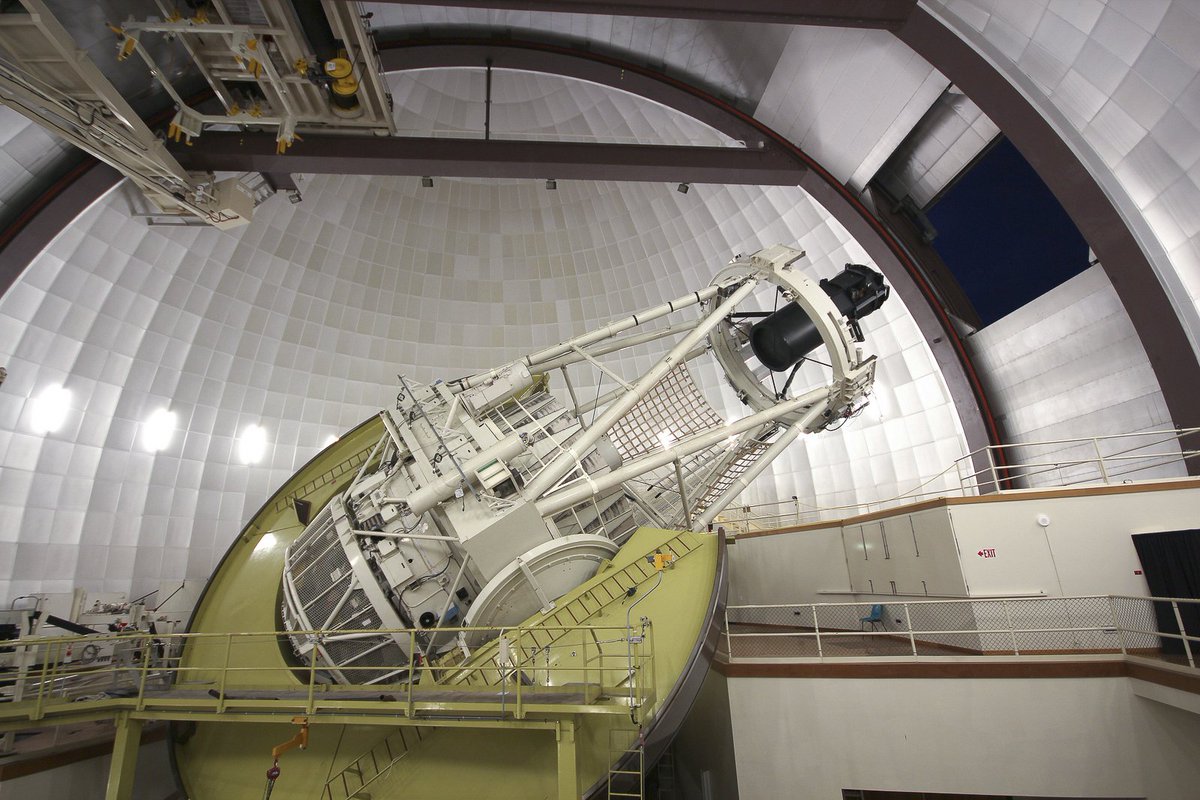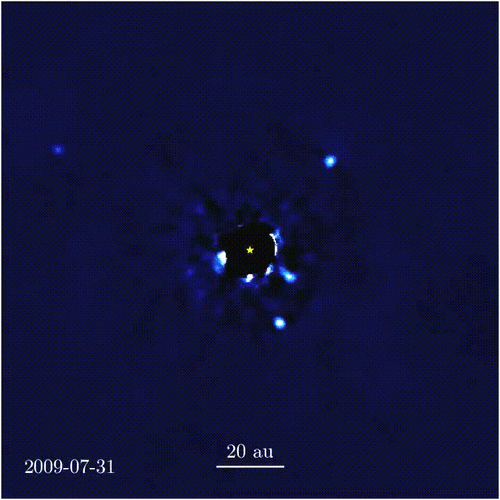IT& #39;S OUT EVERYONE!!! After 18 months of working on this paper and many revisions later, our planet-killing paper is out: https://arxiv.org/abs/2005.10959 ">https://arxiv.org/abs/2005.... (A thread)
Now before I get carried away with how and why you& #39;d go around killing off planets like some psychotic lunatic who hates sand.
Back in 2013, @NASAExoplanets Kepler space telescope was chilling, constantly staring at a patch of night sky in the Northern hemisphere
Back in 2013, @NASAExoplanets Kepler space telescope was chilling, constantly staring at a patch of night sky in the Northern hemisphere
And then BAM, two of its reaction wheels needed to keep it staring at the patch of sky failed! Not a wheely good time for anyone involved. However, the smart folks at NASA where able to stabilise the spacecraft by using the pressure of particles being stream off the Sun!
What was really cool about this, the start of the Kepler-2 (or K2) mission, was that the spacecraft was now staring at multiple patches of the night sky within both the Northern AND Southern hemispheres!
We could then whip out the big gun... Australia& #39;s largest optical telescope, the AAT, to get starlight from these stars that Kepler is staring at. Possibly learning more about these stars and the planets they host!
 https://abs.twimg.com/emoji/v2/... draggable="false" alt="📷" title="Camera" aria-label="Emoji: Camera">: @AAOMacquarie
https://abs.twimg.com/emoji/v2/... draggable="false" alt="📷" title="Camera" aria-label="Emoji: Camera">: @AAOMacquarie
From this starlight, we can redetermine how hot, big, massive, luminous, metallic etc. these stars are compared to what other catalogs have measured. Why would you want to do that?
WELL, when we discover exoplanets, as much as I would LOVE to see them directly (and we can to a certain degree with very fancy tech, chat to @AstroRickman about this) in most cases.... we can& #39;t! We just see their effect on their parent star!
For example, Kepler discovers planets orbiting other stars by the transit method. We can find planets by how they cast shadows on their parent star! The bigger the dip, the bigger the planet. The smaller the planet, the smaller the planet.
But this is ALL dependent on the star& #39;s size too!! So if you discover that the star is bigger... then all of a sudden, the planets they host also get bigger because of this dependency. If we truly want to find an Earth-like planet we must characterise its host star to no end!
So what did we find out? Well, by revising the stellar parameters of planet-hosting and potential planet-hosting (well call these exoplanet candidates) stars, we& #39;ve killed some planets! Of our 224 planet candidates, 30 of them are now comparable in size to most stars!!
But technically, we haven& #39;t really "killed" off these exoplanets. These objects are still there orbiting around these stars.... but instead of being planets.... they& #39;re stars! What a stellar way to end off some really cool research  https://abs.twimg.com/emoji/v2/... draggable="false" alt="🌟" title="Glowing star" aria-label="Emoji: Glowing star">
https://abs.twimg.com/emoji/v2/... draggable="false" alt="🌟" title="Glowing star" aria-label="Emoji: Glowing star">
Fin
Fin

 Read on Twitter
Read on Twitter : @AAOMacquarie" title="We could then whip out the big gun... Australia& #39;s largest optical telescope, the AAT, to get starlight from these stars that Kepler is staring at. Possibly learning more about these stars and the planets they host!https://abs.twimg.com/emoji/v2/... draggable="false" alt="📷" title="Camera" aria-label="Emoji: Camera">: @AAOMacquarie" class="img-responsive" style="max-width:100%;"/>
: @AAOMacquarie" title="We could then whip out the big gun... Australia& #39;s largest optical telescope, the AAT, to get starlight from these stars that Kepler is staring at. Possibly learning more about these stars and the planets they host!https://abs.twimg.com/emoji/v2/... draggable="false" alt="📷" title="Camera" aria-label="Emoji: Camera">: @AAOMacquarie" class="img-responsive" style="max-width:100%;"/>



